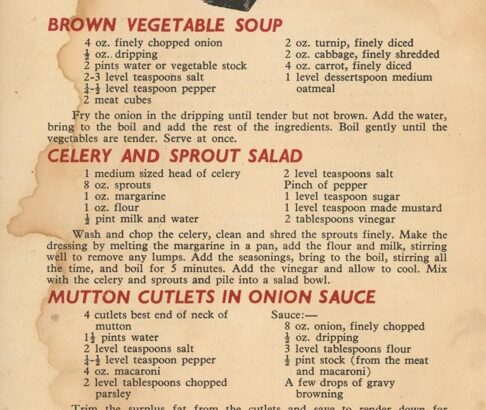Brown vegetable soup, celery and sprout salad or pumpkin and apple pie. Does this sound tasty to you? The recipes are from the Ministry of Food cookery calendar. These recipe advice sheets were issued bi-monthly in an effort to assist and improve diets during food rationing following World War Two. The cookery calendars were part […]
Tag: public history
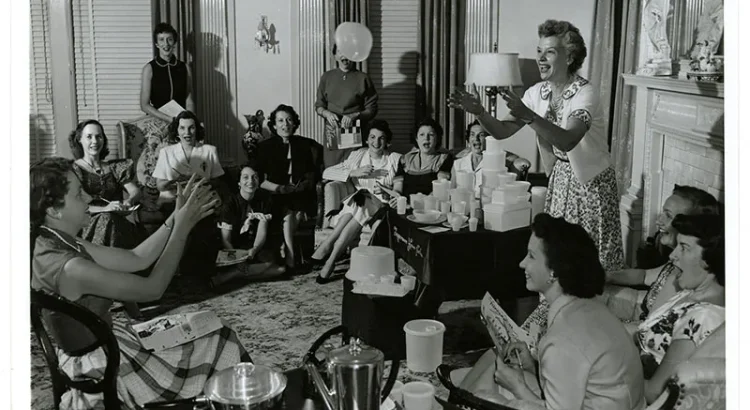
Tupperware – female empowerment in a plastic container
When the Tupperware brand was founded in 1942, and the first product launched in 1946, it predominantly advertised to the suburban housewife. The product itself, an airtight plastic container was marketed to keep food fresh for longer and thus make the lives of these woman easier. The key to the success of the brand was […]
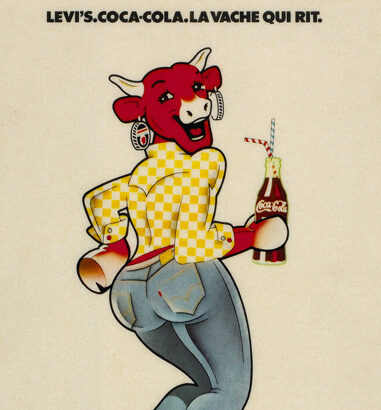
Burn down a barricade, buy La Vache Qui Rit
Wait what, they turned the Laughing Cow into a sexy party girl? They sure did, look at how she is flirting with you. How else are they supposed to sell their unremarkable cheese? La Vache Qui Rit’s soft, crustless, processed white cheese is new and exciting in the 1920s, but loses its innovative nature as […]
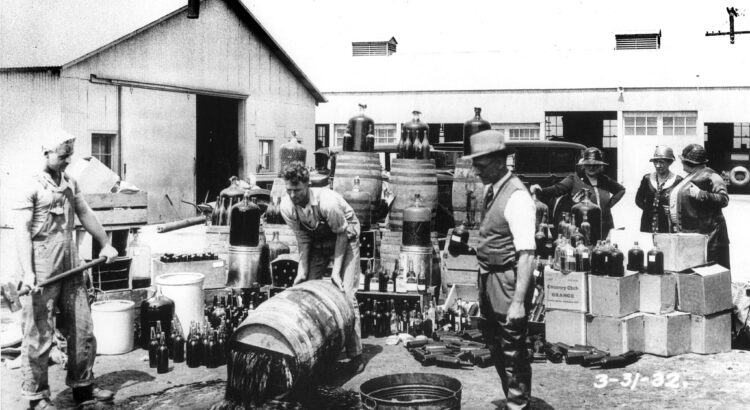
The Italian Job: Wine Tales from Prohibition
Most people love an occasional drink, so what would you do when alcohol becomes illegal? You could go as far as creating a monopoly in illegal homemade wine production and trade. Because that is how far the Italian-American community in California went during the Prohibition. As a result, the Italians came to be most identified […]
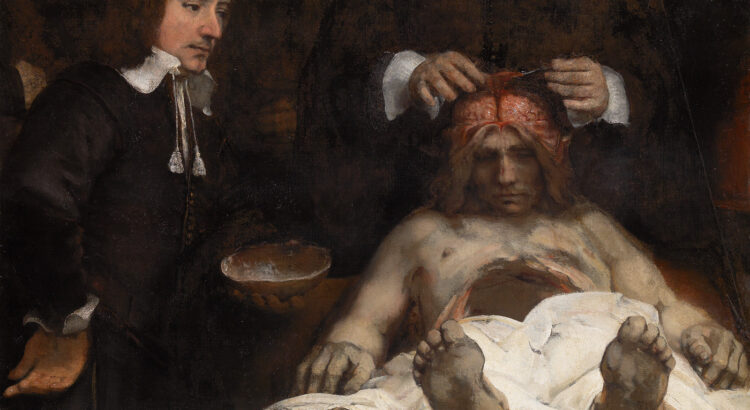
Joris Fonteijn dissected: the anatomy lesson of Dr. Deijman
On the table lies a dead man’s body. His stomach is empty, his brain is visible. Behind him stands a man, whose head is missing. His hands perform a section on the brain of the corpse. On the left stands a second person. He carefully follows the actions of the man behind the corpse. In […]
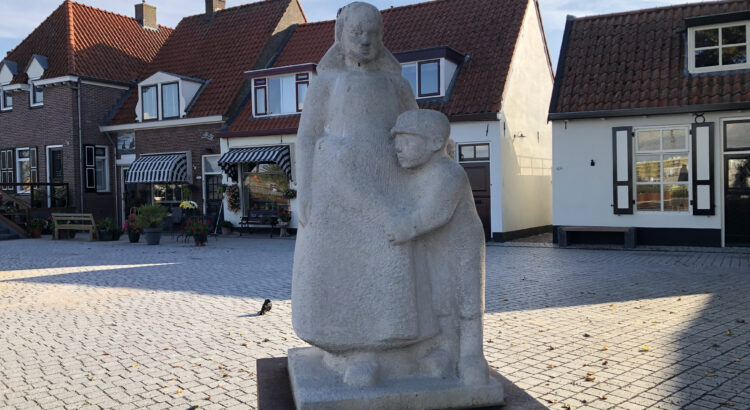
Behind the meaning of loneliness
“The time you feel lonely is the time you most need to be by yourself. Life’s cruelest irony.” Writer Douglas Coupland describes the feeling of loneliness in a striking way. It’s an emotion that every person has to deal with on an individual level. However, it’s also a collective emotion of the community. It gives […]
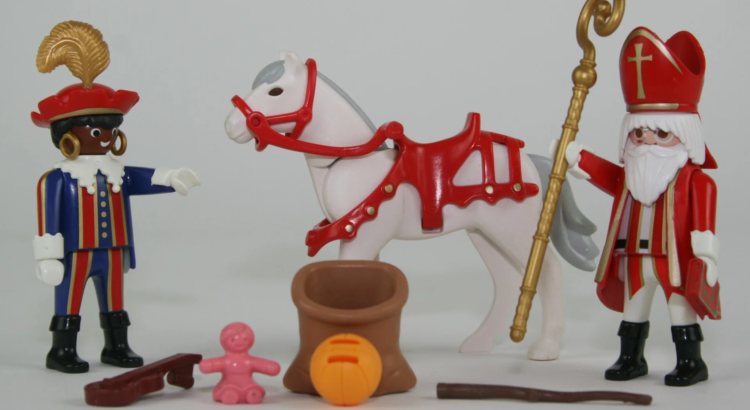
The (de)normalization of Zw*rte Piet in children’s toys
Our generation has the last active memory of the normalization of Zwarte Piet. I remember growing up and being completely oblivious to the historically racist character that Zwarte Piet portrayed. Zwarte Piet was an essential part of Sinterklaas and that was all I could see as a child. Nowadays I get extremely uncomfortable when I […]
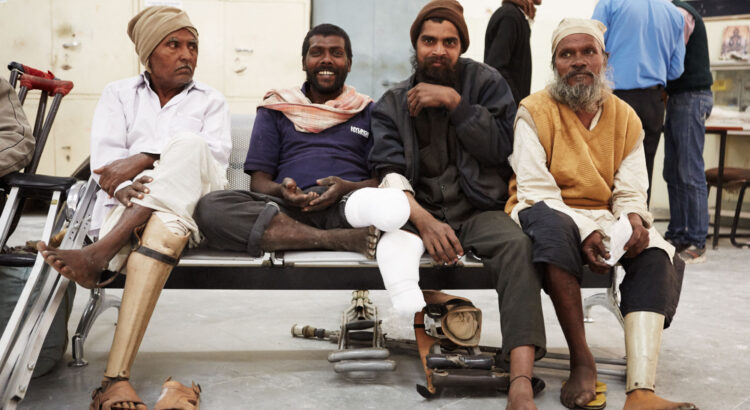
Jaipur Foot: Moving the Boundaries of Medicine
Western medicine and science has been responsible for the saving and improving the lives of millions of people all around the world. The successes of Western medicine have led it to be viewed, at least here in the Western world, as superior to other forms of medicine and the only one to be practiced. But […]
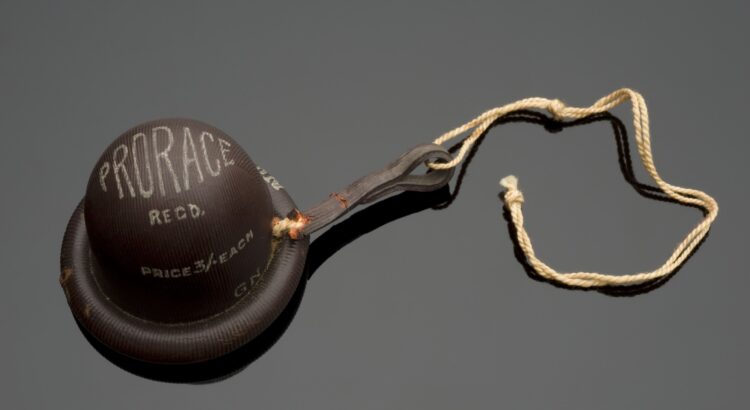
The Prorace cervical cap: an object of early feminism or racial prejudice?
Going to the doctor or pharmacy to get contraceptives is a very natural thing to do today. A hundred years ago, this was not the case, as contraceptives were not widely accepted. Despite these circumstances, Marie Stopes opened the first (free) birth control clinic in London in 1921. The Mother’s Clinic gave women advice on […]
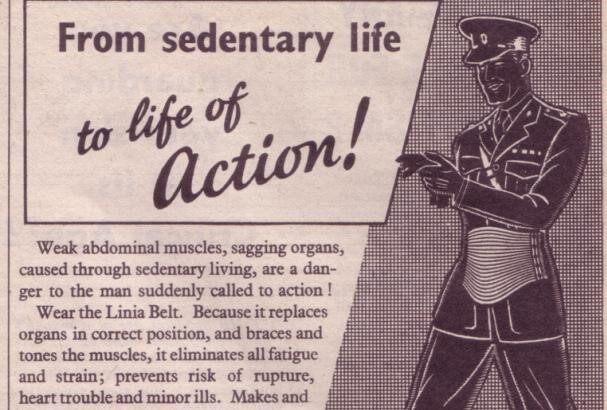
Corsets for Beer Bellies: Flatten Your “Danger Curve” With a Health Belt!
Today, influencers like the Kardashians peddle ‘waist-trainers’ and similar items that claim not only to reduce your waist, but help you lose weight or even achieve a six-pack; all while you sit at your desk. They are far from the first to recommend products like this: similar garments were advertised all over the place during the twentieth century. These descendants of the corset claimed to do much more heavy lifting than their predecessors. The corset may be one of the most famous items of clothing from western fashion history, but it is usually associated with women. What not many people know, is that men wore them too! So what did men’s corsets look like, and why does this piece of fashion history get so little mention?
